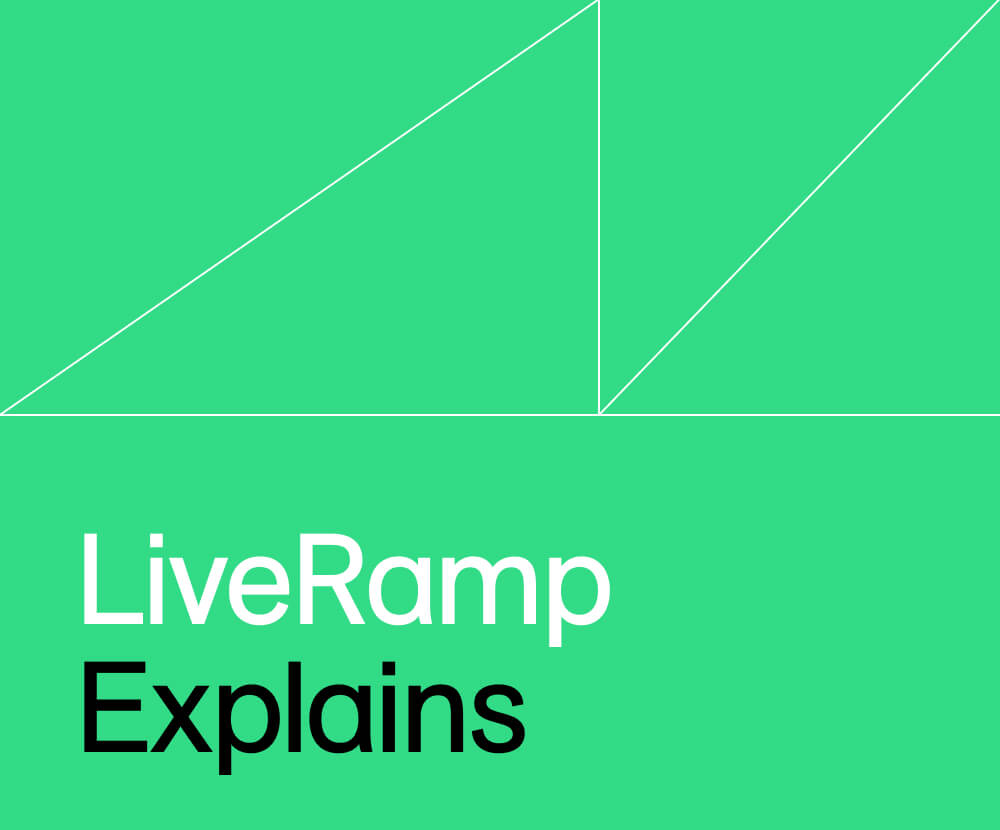EXPLAINER

Clean rooms empower marketers to access rich datasets and collaborate while safeguarding consumer privacy and driving business growth.
In this pilot episode of “Here’s the deal…” Matt Karasick, Vice President of Product for Insights at LiveRamp, uncovers four powerful ways clean rooms are unlocking new possibilities in marketing.
As Matt shares “Clean rooms are the new way for the marketing industry to plan, optimise, and measure at scale in a way that honours consumer privacy.”
Watch now to learn more why clean rooms are critical for innovative marketers.
I’m Matt Karasick, Vice President of Product at LiveRamp for Insights. Everyone’s talking about clean rooms. Here’s the deal.
Clean rooms are the new way for the marketing industry to do planning optimisation and measurement at scale in a way that honours consumer privacy and doesn’t have everyone sending data all over the place. When it comes to this kind of data collaboration using this data, there’s going to be four challenges collaboration partners are going to run into. Clean rooms are going to solve them. The first problem is if two or more parties who want to join their data, the the first question they’re going to have to ask each other is, alright. Which cloud, which platform, which data warehouse should we use?
The first problem clean rooms solve is interoperability, making it so you don’t have to ask that question. Clean rooms are going to be able to connect to that data models or code at source and not have anyone have to do any lift and shift. The second problem collaboration partners are gonna run into is their privacy, legal, and infosec departments are rightfully so gonna say, okay. I’m okay with the use case you and the partners want to do together.
But if you send them all our data, they can also do these seven other things. Clean rooms are going to make it so that only the use case everyone agrees to can occur, nothing else, and provides all the technical guarantees in place so that these parties don’t have to paper up a thousand page contract saying what they can and can’t do with that data. The third problem that these partners are going to run into is the problem of identity.
Right? Matthew dot Karasick at Gmail may be how I’ve registered over here, and, my Matthew dot Karasick at LiveRamp may be how I do it over here. And so that data is fundamentally not joinable. You’re gonna need a a solid identity, that is a privacy safe identity in order to be able to make this data joinable.
Clean rooms need to have that identity piece baked in, built in. The fourth thing is now that we’ve solved these first three, we now have data that’s joinable. And so now what you have to do is to make it so that each party doesn’t now have to bring an army of engineers and data scientists to take this joinable data and start building software and data science projects to get the insights and outcomes. And so what the clean room platform should provide is a no code or low code way to automate straight through to those insights and outcomes, to deliver that value and democratise those insights to the entire organisation.
Now that the clean rooms are reaching scale, people are getting access to better data than before. You know, data keyed off of, you know, JavaScript and pixels and logs simply wasn’t as good as, you know, authenticated direct data. And second of all, companies who were never able to participate in the way it used to work are now able to come and collaborate because of the controls and the safety that is in place. And so we’re watching a whole new level of innovation occur right in front of our eyes, and it’s exciting.